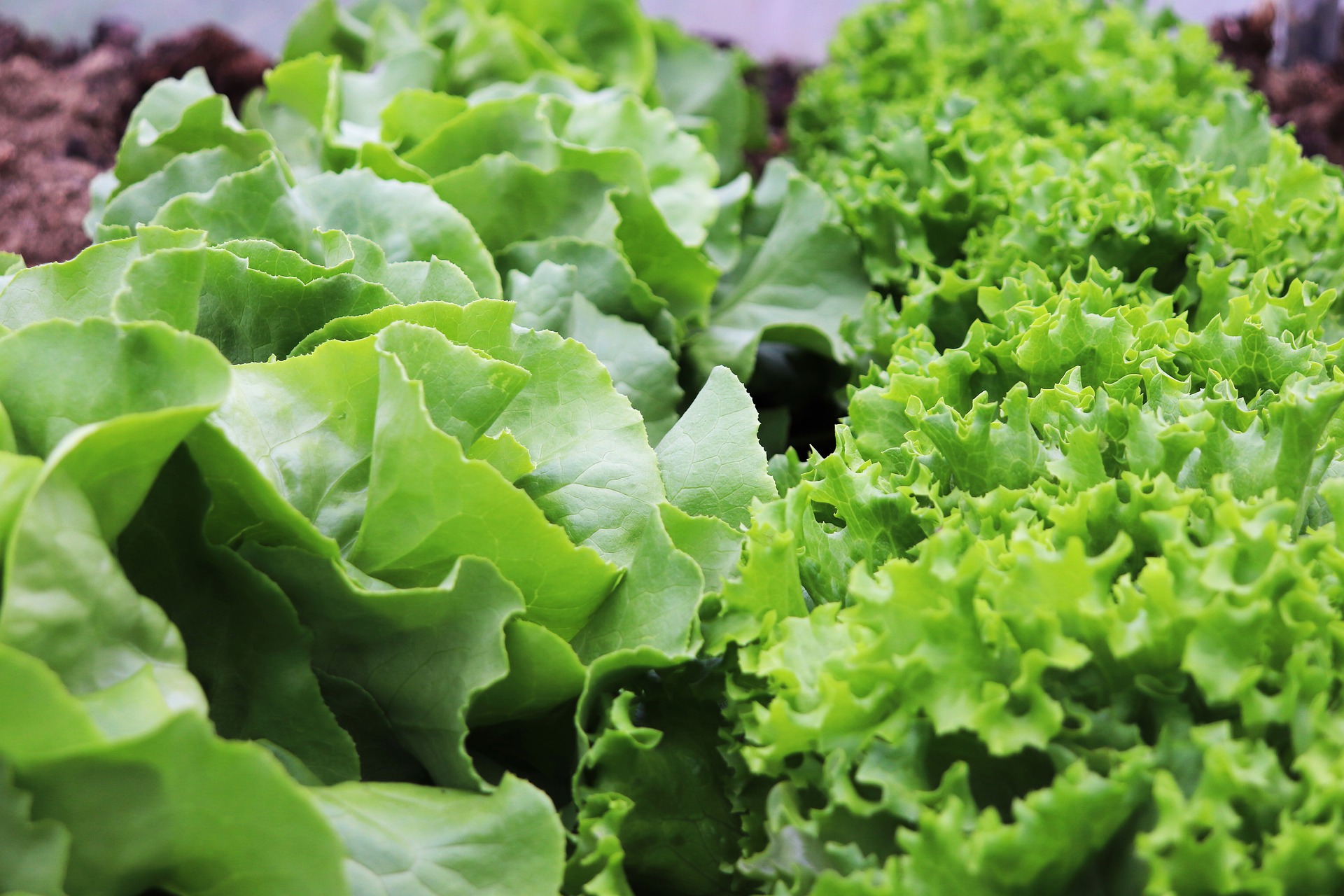Lettuce is an annual plant. Its roots are fleshy and branched, with the majority located in the arable soil layer (30 cm deep). In the vegetative phase, the stem is shortened, but it rapidly elongates in the generative phase, reaching a height of up to 1.2 meters. The leaves are arranged in a rosette, and the shape, structure, and color vary greatly due to the development of numerous varieties through years of breeding.
Varieties of Lettuce
- Asparagus Lettuce (Lactuca sativa var. angustana L.) is the variety most similar to the original lettuce. It has lanceolate leaves with entire margins, and the main vein on the underside is slightly spiny.
- Leaf Lettuce (Lactuca sativa var. crispa L.) forms a rosette with numerous leaves that have smooth or wrinkled surfaces, and the leaf margins are often more or less indented or serrated. The color ranges from green and yellow-green to brown-red.
- Romaine Lettuce (Lactuca sativa var. longifolia L., synonym var. romana L.) has an upright rosette of narrow, smooth leaves with a strongly pronounced midrib.
- Head Lettuce (Lactuca sativa var. capitata L.) forms a head in the latter part of the vegetative phase. The outer leaves overlap while the inner leaves continue to grow, forming the head. The outer leaves come in various shades of green, while the inner leaves are light yellow or cream-colored. Some cultivars may have anthocyanins, giving them a red color.
Types of Head Lettuce Cultivars:
- Crisphead – Head lettuce with serrated and wrinkled leaves with pronounced veining.
- Butterhead (Butter Lettuce) – A type of head lettuce with smoother leaves, more or less smooth edges, and slightly smaller heads.
In the generative phase, numerous branches and twigs develop on the elongated stem, bearing inflorescences. The inflorescence of lettuce is a head (family Asteraceae). Each inflorescence contains about 15 bisexual yellow ray flowers. Lettuce is predominantly self-pollinated, but cross-pollination can occur, as insects also visit the flowers.
The fruit is a single-seeded achene with a pappus that falls off during processing. A thousand seeds can weigh between 0.8 and 1.2 grams.













































